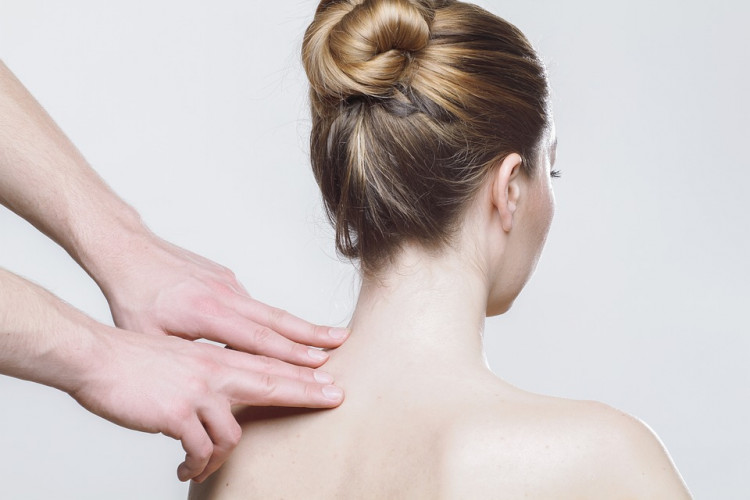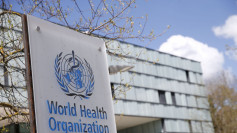Lesions or particular types of spots on skin likely indicate melanoma, the most dangerous form of skin cancer. But, subtle changes in our skin might also suggest other problems in our health, so it's important to keep an eye on these changes.
Here are the four changes in the skin that we should check, according to Medical Daily.
Pigmentation
A yellowish pigmentation on the skin could be a possible sign of liver problems. But, this pigmentation might also be the cause of a harmless condition called carotenemia - increased beta-carotene levels in the blood caused by too much consumption of sweet potatoes, carrots, and squash.
But, if your skin becomes paler than the usual, then it might be a sign of anemia, your blood doesn't have enough red blood cells or hemoglobin. It may also be accompanied by other symptoms including hair loss and brittle nails.
Texture
Shasa Hu, M.D., from the University of Miami Miller School of Medicine, said hypothyroidism might lead to thickening of the skin on the calves. Hypothyroidism is a condition in which the thyroid gland does not produce enough of certain thyroid hormones. More than half of patients with the condition reportedly experience skin texture-related changes - usually leads to rougher skin.
Meanwhile, shiny and thickened areas of skin known as plaque indicate high blood sugar level. Hu also said that excessive blood sugar could make changes in blood vessels in the skin. In addition, diabetic patients were advised to check their feet for cuts or sores, and immediately seek treatment.
Breakout
High levels of stress trigger inflammation in the body which leads to flare-ups of skin problems like eczema and acne. Some people were also prone to picking at their skin when they're stressed - a condition tied to obsessive-compulsive disorder. But, breakout might be triggered by several factors, like the dietary pattern of birth control pills.
Dermatologists can figure out these changes just by looking in your lifestyle habits or the affected area in the face. Dr. Doris Day, an NYC-based dermatologist, also said acne that usually appears in jawline or lower face could be a sign of polycystic ovarian syndrome among women.
Rashes
Rashes affecting the feet and lower legs could be a sign of hepatitis C infection, especially if it doesn't respond to the use of topical steroids or antifungals, according to Cindy Owen, a board-certified dermatologist. However, rashes are usually common in the skin and it might be due to gluten intolerance, affecting the hairlines, face, elbows, torso, arms, and buttocks.






